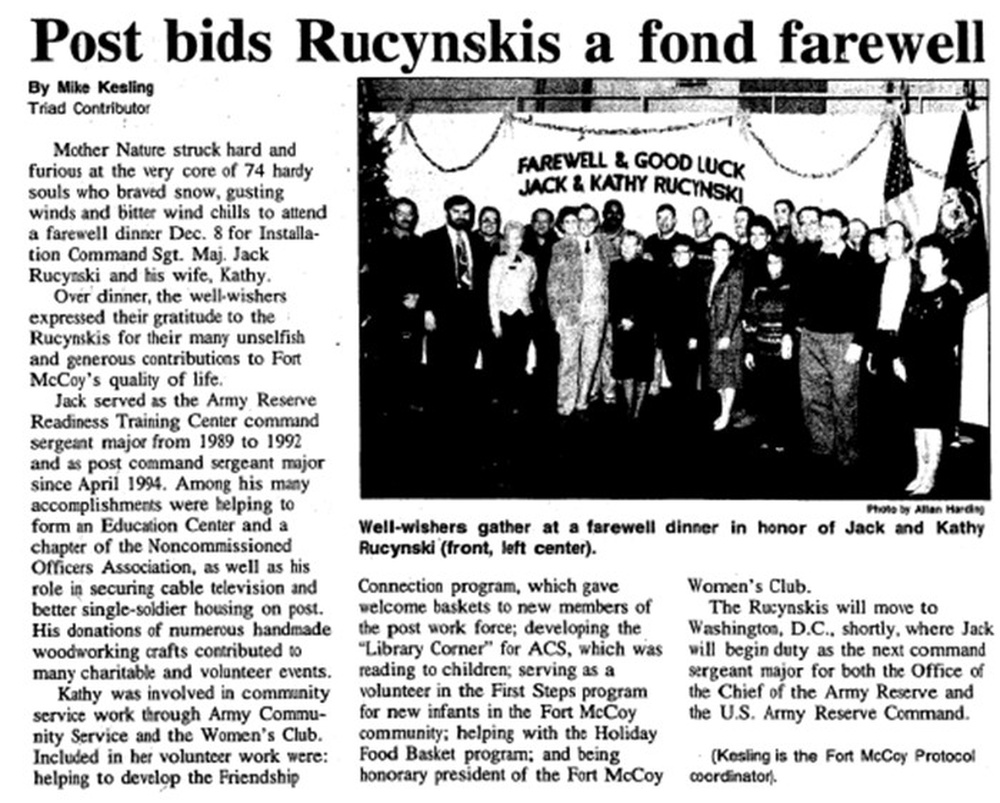DVIDS – News – Bringing awareness to ovarian cancer
By Bernard S. Little
WRNMMC Command Communications
Ovarian cancer causes more deaths each year than any other gynecologic cancer in the U.S. This includes cervical, vaginal, and vulvar cancers, according to the Centers of Disease Control and Prevention (CDC), which adds that all women are at risk for developing a gynecologic cancer.
There is no way to know who will get a gynecologic cancer. Each type of gynecologic cancer has different risk factors, and risk increases with age. You can do these things to help reduce your risk: pay attention to your body and know what is normal for you; make healthy lifestyle choices such as maintaining a healthy weight by following a healthy eating plan; get regular physical activity; don’t smoke; practiced safe sex.
The CDC also recommends that you know your family health history and share it with your doctor, as well as get the HPV vaccine if you are at an age when it is recommended.
The deadliest of all gynecologic cancers is ovarian cancer, which the American Cancer Society estimates that more than 19,710 women will receive a new diagnosis of this year, and the disease will claim the life of over 13,000 women in 2023. This is why Ovarian Cancer Awareness Month is annually observed during September.
“Unfortunately, when patients experience typical signs of ovarian cancer to include abdominal pain, constipation, bloating, early satiety, and nausea, it often means there is metastatic and advanced disease,” said Air Force Lt. Col. (Dr.) Neil T. Phippen, a physician who works in Gynecologic Oncology Service at Walter Reed. Phippen also serves as director of the Department of Defense Gynecologic Cancer Center of Excellence and director of the National Capital Consortium Gynecologic Oncology Fellowship.
“Ovarian cancer is very aggressive. There are some subtypes of ovarian cancer that are indolent, however, 90 percent of ovarian cancers are of epithelial ovarian cancer, which progresses very quickly,” Phippen explained.
He added that although there is no way to know for sure who will get ovarian cancer, patients in their early 60s are at highest risk. “The lifetime risk of ovarian cancer is just under 2 percent. However, there are patients with hereditary predisposition to ovarian cancer such as those who have BRCA1 or BRCA2 mutation. In these patients, the lifetime risk of ovarian cancer can be as high at 50 percent.”
“Ovarian cysts can be related to ovarian cancer in the sense that early-stage ovarian cancer may present as pelvic pain with findings of an ovarian cyst. Most ovarian cysts, however, are benign and ovarian cysts are very common among reproductive age women,” Phippen said.
He shared that the mainstay of treatment for ovarian cancer is surgery and chemotherapy. “In some patients, surgery never becomes a viable option due to rapid disease progression or medical co-morbidities that make surgery too dangerous, in which case chemotherapy alone is used. All treatments for ovarian cancer are available at Walter Reed in the Murtha Cancer Center.”
Early detection dramatically improves the chances of survival for ovarian cancer, Phippen stated. “Patients with stage 1 ovarian cancer can have a 70 percent or better chance of being alive five years after diagnosis. For those with stage 3 or 4 at diagnosis, the likelihood of being alive five years after diagnosis is [about] 30 percent.”
“Although the prognosis for advanced stage ovarian cancer seems poor, it is improving as we have discovered new therapies in the past three years that have dramatically extended survival, in particular of women diagnosed with Homologous Recombination Deficiency (HRD) disease, which accounts for nearly 50 percent of patients with ovarian cancer,” Phippen shared.
“Ladies, there is no test for ovarian cancer. Until these awesome researchers come up with one, we have to know our bodies,” offered Tiffany P., an ovarian cancer survivor diagnosed with the disease at 32.
“I feel very fortunate that my body spoke to me. I’m glad I kept pushing for assistance…I learned so much—mostly that you need to be your own best advocate and be willing to do lots of research,” shared Linda G., also an ovarian cancer survivor who was diagnosed at 65.
“In observance of National Ovarian Cancer Month, let us pay tribute to all the lives we can save and to all the lives we have lost. Let us support the families and medical community working tirelessly to provide them with treatment and care. And let us recommit to ending cancer as we know it, once and for all,” states President Joe Biden’s 2023 proclamation for National Ovarian Cancer Awareness Month.
Melinda DeLoatch-Speight, whose husband was in the U.S. Coast Guard, was diagnosed with stage 3 fallopian/ovarian cancer in September 2021. She received care at Walter Reed, describing her providers as “amazing.”
“My cancer is one of those mysteries, and I would love for this not to be a mystery anymore,” DeLoatch-Speight said. “They said I have stage 3, but stage 3 doesn’t mean the end.”
| Date Taken: | 09.25.2023 |
| Date Posted: | 09.25.2023 15:25 |
| Story ID: | 454242 |
| Location: | US |
| Web Views: | 7 |
| Downloads: | 0 |
PUBLIC DOMAIN
This work, Bringing awareness to ovarian cancer, by Bernard Little, identified by DVIDS, must comply with the restrictions shown on https://www.dvidshub.net/about/copyright.


 Private Internet Access gives you unparalleled access to thousands
of next-gen servers in over 83 countries and each US state. Your
VPN experience will always be fast, smooth, and reliable.
Private Internet Access gives you unparalleled access to thousands
of next-gen servers in over 83 countries and each US state. Your
VPN experience will always be fast, smooth, and reliable.![DVIDS – Images – Operation Fall Retrieve 2025 [Image 1 of 2] DVIDS – Images – Operation Fall Retrieve 2025 [Image 1 of 2]](https://101veterans.com/wp-content/uploads/2025/12/1765788261_1000w_q95.jpg)
![DVIDS – Images – Warfare Tactics Instructor graduation ceremony [Image 1 of 4] DVIDS – Images – Warfare Tactics Instructor graduation ceremony [Image 1 of 4]](https://101veterans.com/wp-content/uploads/2025/12/1765723408_1000w_q95.jpg)
